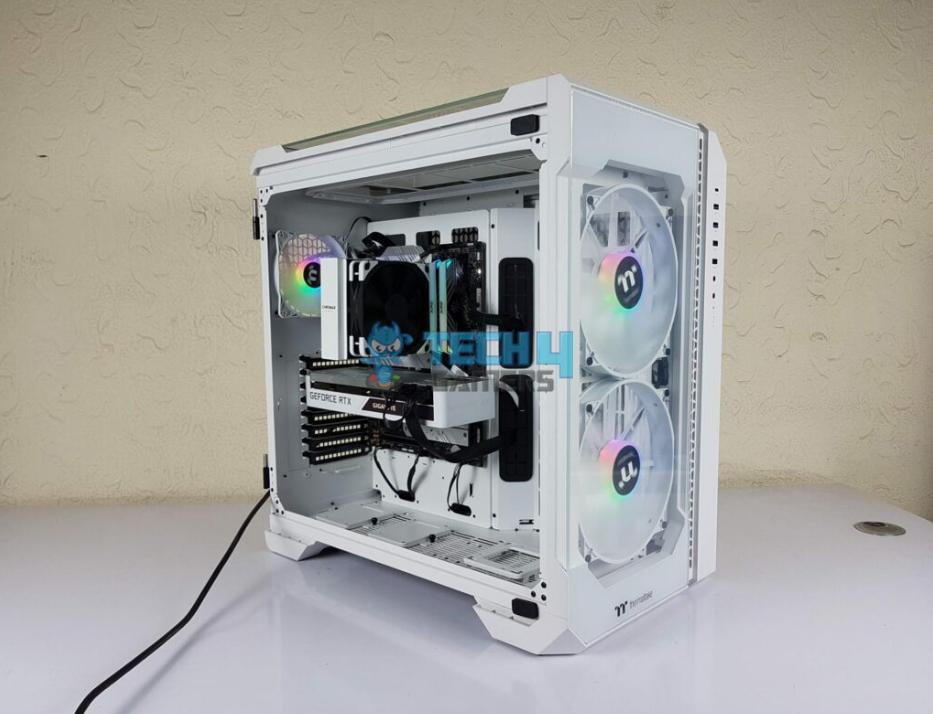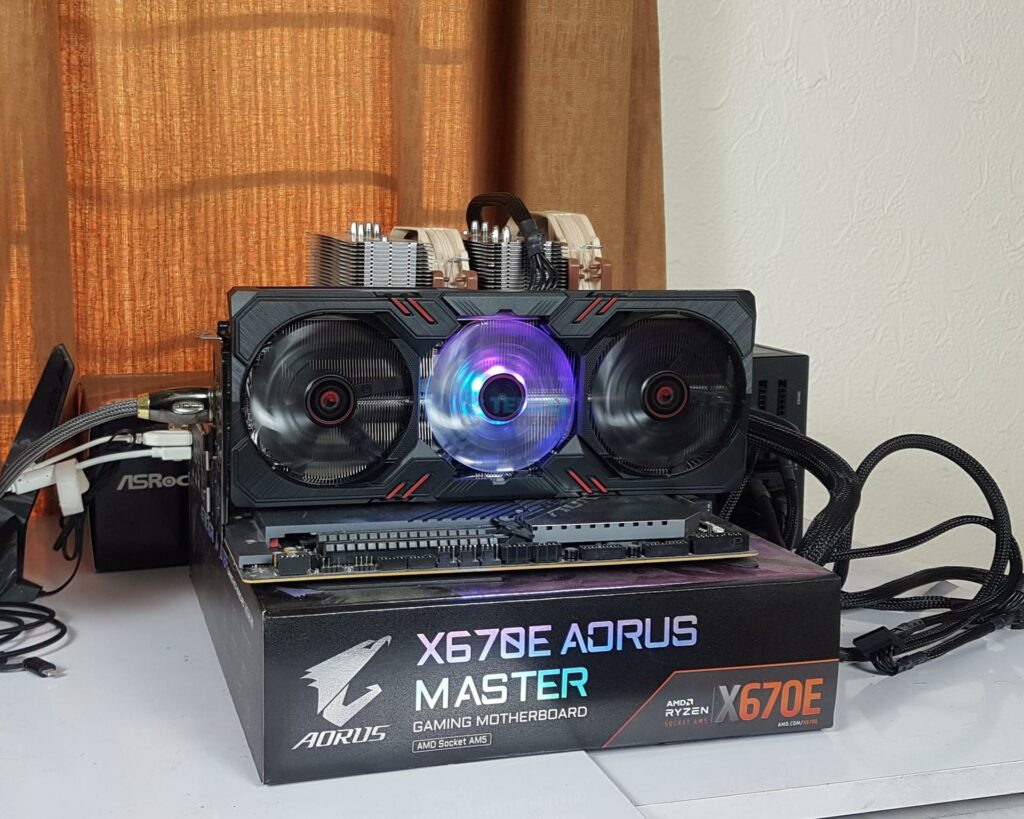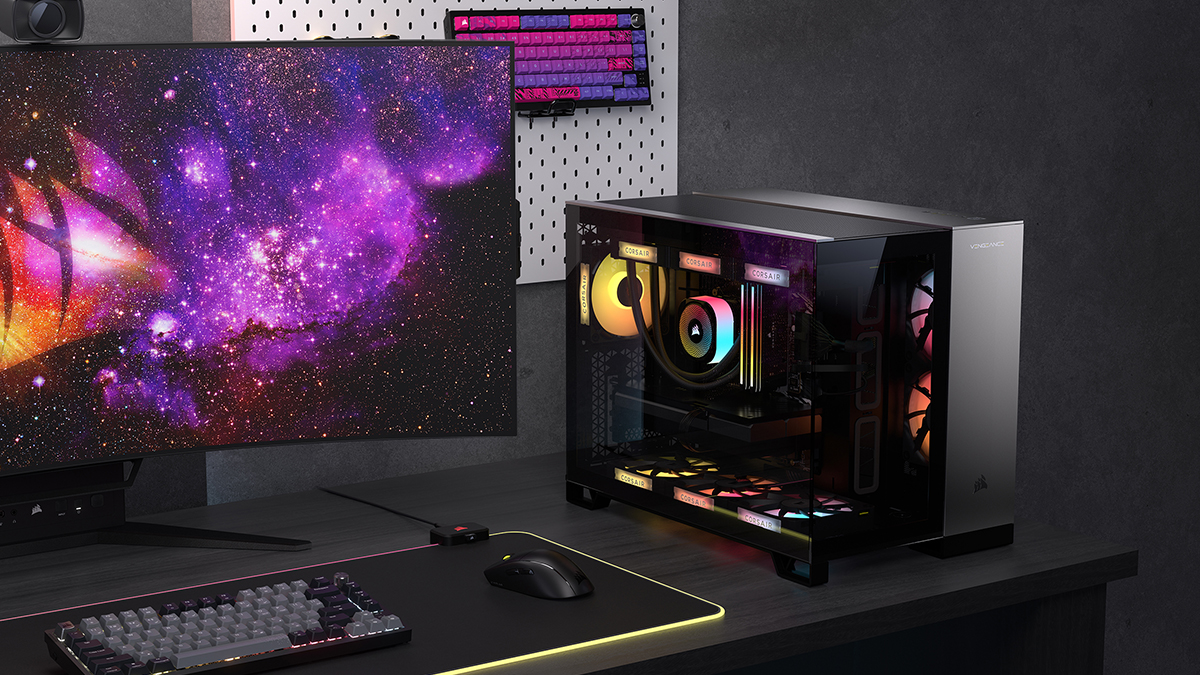- Most games, like Ratchet and Clank, are designed with SSDs in mind, so they suffer significantly on slower storage like an HDD.
- Cheaper PC cases often lack sufficient space for routing cables or mounting desired components, and are typically built from low-quality materials.
- Single-channel RAM is a nightmare for modern PCs, as the CPU can’t work as effectively as with a dual-channel memory configuration.
Building a PC yourself can be a fun experience, only if you know which components to pick for a balanced build. There are too many options in the market, and not every component is meant to be there, as they are either obsolete or aren’t the best in their own league. Moreover, some components are like those that must be avoided at all costs, especially while you’re building a PC with somewhat of a restricted budget.
Single-Channel Memory
Modern CPUs work best with dual-channel memory configurations, as they support it by default. So, slapping a single-channel RAM onto it means you’re cutting down the bandwidth in half. The difference becomes most notable on integrated graphics, as they rely heavily on RAM’s memory to make up for the lack of dedicated graphics memory. So, it is always recommended to get two memory sticks of the same specs instead of just one, like 2x 16 GB instead of 1x 16 GB. Here you can see the difference between single-channel vs dual-channel memory configurations, where the latter offers a more consistent experience as well.
Slow Storage
There was a time when a conventional hard drive was considered the optimal storage drive for anything, but not anymore. Now, SSDs have taken their place and are the targeted drives for developers while developing games and other applications. One of the key reasons behind this is that the current-gen consoles use SSDs as well, so games are being developed around those specs now. So, it’s better to avoid an HDD and instead opt for an SSD, since they have dropped a lot in terms of pricing.
One of the best examples of this is Ratchet and Clank: Rift Apart, which is developed to take advantage of the faster NVMe storage drives. So, if you run it using an HDD, it struggles to offer a seamless experience. Instead, you get stutters, frequent loading screens, and lots of pop-ins. You can see the difference yourself in the video by ShadowRomeo1784, how it performs on an HDD vs NVMe.
Cheap PC Cases
In most instances, the chassis gets ignored if the primary focus is on getting the best possible performance with the limited budget. Which, in the end, leaves you with some cheap options that offer low build quality as well as no proper mounting or spaces for your desired components. Also, not to forget, good airflow and cable routing are just a myth for most of these cheap PC cases. That is why you should avoid cheap chassis that offer no meaningful features.

PSUs Offering Too Many Watts
Many people who are just getting started with PC building don’t think much about a proper power supply and instead pick whatever looks good. Like, a new 500W PSU for about $30, which in most cases uses cheap capacitors and other components and doesn’t include proper connectors like 6+2-pin or an 80+ rating. This is what a proper, branded, and reputable power supply offers, even if it has a lower wattage rating. Hence, you should avoid these cheap power supplies and get something decent for not much more.
GPU With Wrong Specs
Usually, half of the budget is always set aside for the graphics card alone, as they aren’t that cheap to begin with. Nevertheless, the GPUs, especially in the budget category, are plagued by weird specifications. Like the RX 6500 XT being limited by its four-lane design and 4 GB VRAM, the Arc B570 is limited by its architecture, which performs horrendously with budget CPUs like the Ryzen 5 3600 or even 5600. So, if your budget allows, a graphics card with proper optimization and specifications like an RX 7600 or an RTX 3060 would be a great budget option.

CPU With Not Enough Cores
Gone are the days when not having too many cores on your CPU didn’t matter too much, as the applications were designed quite lightly most of the time. Which is why having a decent bit of core count in your CPU has become quite crucial nowadays. And a CPU with a dual or quad-core configuration just won’t cut it anymore. Almost every application is now relying on the multicore performance of the CPU to offer a seamless experience.
Moreover, hexa-core CPUs like the Ryzen 5 5500 have already become pretty cheap, as you can score one off of Amazon for only $75. Not to mention, 6-cores have become kind of a baseline nowadays, so anything below should be avoided at all costs.
What It Rewards
Avoiding all these red-flagged components will surely reward you in the form of a budget PC that not only performs great, but also breathes decently. Simply because of the right investment in a decent chassis instead of picking anything fancy and cheap. Moreover, the rest of the suggestions will keep your PC safe and allow it to offer consistent performance with minimum stutters or other issues in games.
Thank you! Please share your positive feedback. 🔋
How could we improve this post? Please Help us. 😔
Zain is our hardware expert, known for deep-dive reviews and round-ups on motherboards, CPUs, RAM, GPUs, and cooling systems. He focuses on performance and value, skipping the marketing hype to give you honest, no-nonsense advice.


 Threads
Threads

